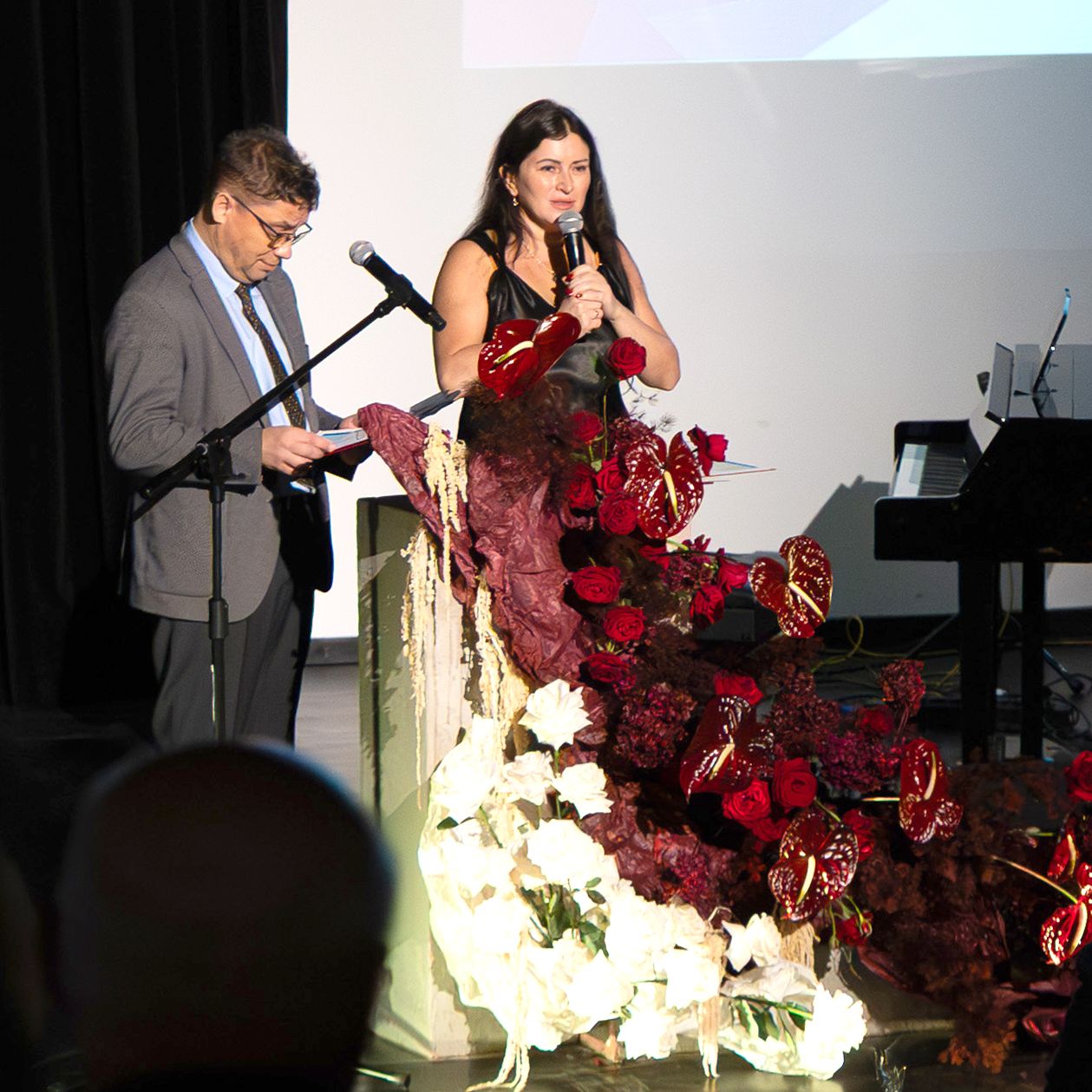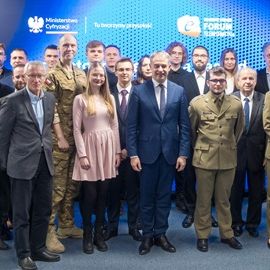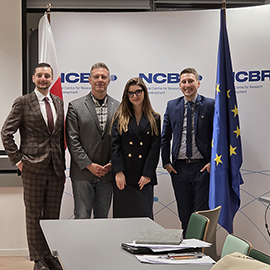Start - Aktualności
Aktualności
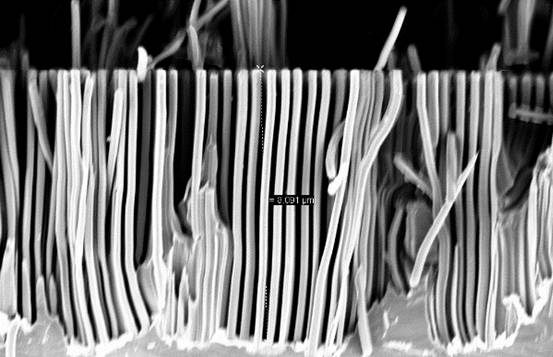
Seminaria: „Badania sensorowe struktur na bazie nanodrutów krzemowych ..." oraz „Fabrication and Applications of Selected Chalcohalides..."
-
„Badania sensorowe struktur na bazie nanodrutów krzemowych do detekcji wybranych gazów” („Investigations of silicon nanowire-based sensor structures for detection of selected gases”), przygotowany przez dr hab. inż. Annę Kaźmierczak-Bałatę, prof. PŚ,
-
„Fabrication and Applications of Selected Chalcohalides and Related Composite Materials”, przygotowany przez dr. inż. Bartłomieja Toronia.
Abstrakty:
Investigation of Sensing Response of SiNW Structure to Ammonia at Diferent Humidity Conditions
A. Kazmierczak-Balata1, P. Powroznik1, W. Jakubik1, M.T. Sultan2, E. Fakhri2, A. Manolescu2, H.G.
Svavarsson2
1 Institute of Physics CSE, Silesian University of Technology, Konarskiego 22B, 44-100 Gliwice, Poland
2 Department of Engineering, Reykjavik University, 102 Reykjavik, Iceland
Corresponding Author’s e-mail: Anna.Kazmierczak-Balata@polsl.pl
The aim of this work was to analyze the sensor mechanisms in SiNWs structure during exposure to
ammonia. SiNW samples were produced by the chemical etching using silver nanoparticles (MACE) on
standard Si (001) p-type substrates, with a thickness of 525 μm and resistivity ρ of 0.1–0.5 Ω·cm. The MACE
method is a relatively simple and inexpensive technique for producing highly sensitive sensor
nanostructures. The results showed that the structures respond very well to ammonia. In addition, the
sensor response was significantly improved in the presence of humid air. Ammonia (NH3) is a toxic gas with
reducing properties. Long-term exposure can cause serious health problems. This gas can also be used as
a biomarker for selected diseases by monitoring its concentration in exhaled air. However, it is diicult to
produce NH3 sensors that can operate at high humidity levels, such as in human breath.
Our results showed that proposed sensor structure revealed superior sensitivity and functionality
in humid conditions. The eect can be utilized in clinical application to detect various disease and
dysfunctions, as well as for air-pollution. An example of a cross-sectional image of a SiNW sample obtained
from a scanning electron microscope and measurements of the current response versus time for a p-type
SiNW structure are shown in the figure below (Fig. 1a). As can be seen in Fig. 1 b), no response of the
structure to the carrier gas was observed in both dry and humid air (the traces are marked in green and
blue). We can therefore exclude any contribution of the atmosphere to the measured signal. Then, the
sensor response was measured for dierent NH3 concentrations: 1 ppm, 2 ppm, 3.7 ppm, 6.7 ppm, 11.8
ppm, in dry air and at 50% humidity (the traces are marked in light green and pink). A more stable and
pronounced sensor response to ammonia was observed when measuring under humid conditions (i.e. 50%
humidity).
a) b)
Fig. 1. SEM image of the cross-section of SiNW (a), Current signal measured as a function of time for the p-type SiNW
structure with gold contacts. Measurements were performed in dry air, 50% humidity, ammonia exposure in dry air
and 50% humidity (b).
Acknowledgements
This work was supported by the Icelandic re-search fund, grant no. 239987-051, and Landsvirkjun -The Energy Research
Fund grant no.: NÝR-29-2024. A. K.-B. acknowledges the support from the Silesian University of Technology through a
pro-quality grant, project number 14/030/SDU/10-04-01.
Fabrication and Applications of Selected Chalcohalides and Related Composite Materials
Bartłomiej Toroń
The presentation will focus on selected applications of chalcohalide-based nanogenerators in the development of automotive sensing systems. The studies were conducted in collaboration with the Faculty of Transport and Aviation Engineering at the Silesian University of Technology. As the most representative ternary chalcohalide, antimony sulfoiodide (SbSI) is of particular interest; thus, special emphasis will be placed on SbSI-based nanocomposites used as self-powered sensors for vehicle detection and speed measurement. Additionally, the fabrication methods of these nanocomposites will be presented.
The materials were tested under real-road conditions, with the sensors mounted directly on a roadway and subjected to repeated vehicle passes at varying speeds. The results demonstrated a clear correlation between vehicle speed and the piezoelectric response of the tested materials. Both energy and power surface density increased with speed, indicating that higher strain rates enhance the dynamic piezoelectric effect. Among the examined configurations, the flexible SbSI/cellulose sandwich-type structure exhibited the highest energy output, reaching approximately 5 μJ at 60 km/h, while the SbSI/PVP sandwich-type structure achieved the highest power surface density—exceeding 45 μW/cm² at the same speed — attributed to the optimal alignment of SbSI nanowires. It will also be shown that matrix composition, electrode configuration, and electrode spacing significantly influence the power output. All tested structures, protected solely with a silicone coating, maintained mechanical integrity and environmental resistance throughout repeated testing.
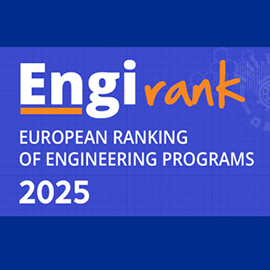






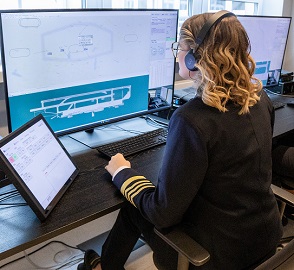




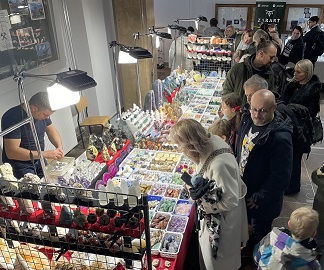

Więcej aktualności Mniej aktualności







